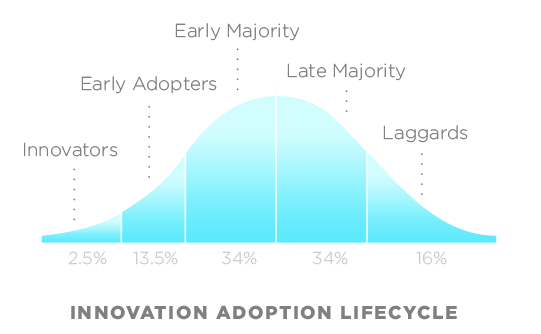Intersectional Inclusionary Design
If events, announcements, and photos are the main pieces to Orcas.Social’s community society media, then it’s vital to spend some time on the values and principals they will be implemented.
| Why | Social media should exist to serve communities in a way that increases health, connectivity, and provide clear benefits |
|---|---|
| What | Implementation of Fediverse applications to support events, announcements, and photos |
| How | Values and principals on which to build those applications |
My work history is in part making video games as a cofounder of PopCap Games. Our goals were to make fun games that everyone can enjoy. Our (very) general process was find game mechanics that we found fun and compelling, and then work very hard to make that accessible to everyone.
A lot of that second step came from removing things that made it less fun and less compelling. Easing people into the games, removing things that made the games more complicated, watching people play and learning from what they did, as well as listening to feedback.
There’s aspects to the implementation of community social media that line up 100% with that design approach.
- Create the core functionality to drive events, announcements, and photos
- Make it so that was approachable and usable for everyone in the community
Using social media isn’t a solitary experience, it’s a communal and shared experience. If we just focused on ease of use and feature implementation, we would miss a huge aspect of social media’s ills around safety and comfort.
Fediverse applications are no different. A lot of black people report experiencing micro and macro aggression within Mastodon communities. Requested tools that can increase safety for women and gender non-binary individuals don’t make it into Mastodon, even ones that are designed and coded and merely need to be pulled into the project.
So when we talk about “how” we will do this, we need to include women, black, native, LGBTQ+ voices, those differently abled, really anyone that’s currently marginalized by society as a whole, and get their input and design on a fundamental level.
As a white, cis-gendered guy, especially one who is currently wealthy, I don’t have the same threats to my emotional, physical, and material safety. I could look at a community social media implementation and would have huge misses.
This inclusion doesn’t happen from a few conversations, but true intersectional inclusion in the process from start to finish. This will change what tools we use, who works on it, how we approach design, and it will change whole swathes of features. Without intersectional inclusion we are just repeating the problems of technology and creating another top-down piece of technology that serves the current social order while it increases violence and alienation.




